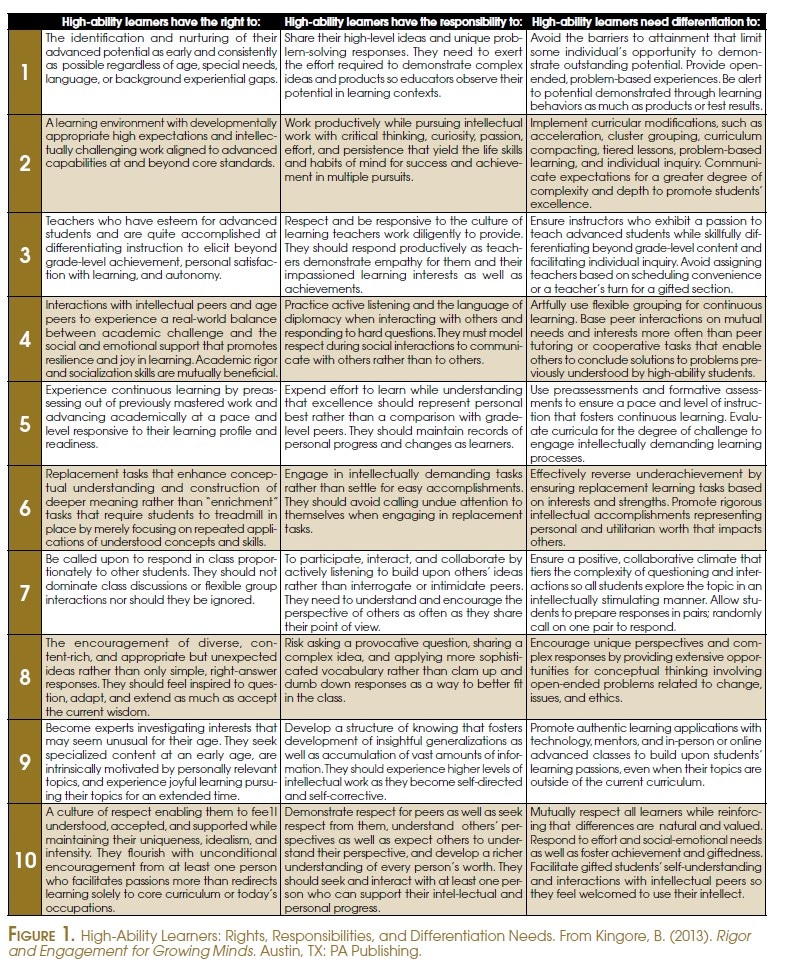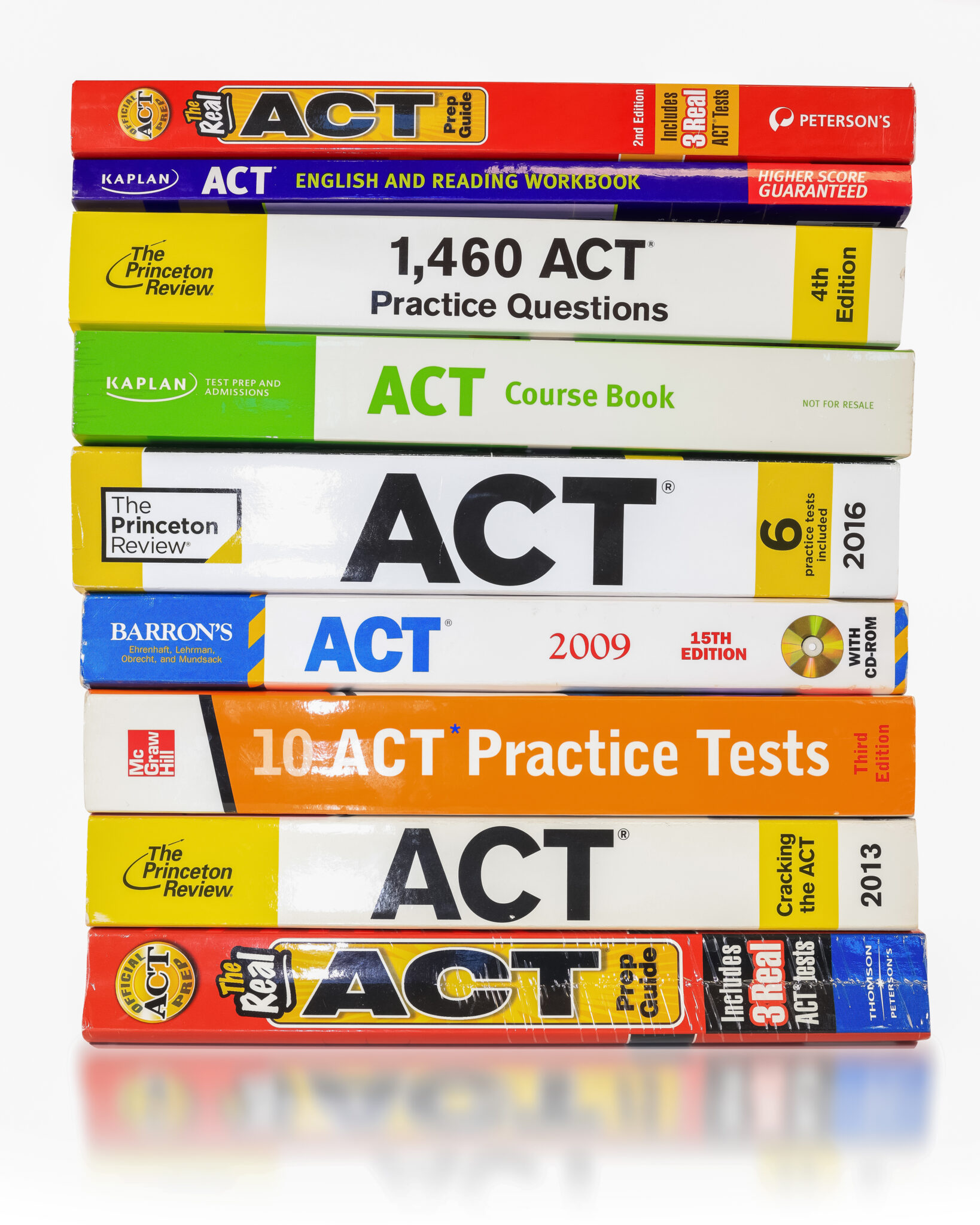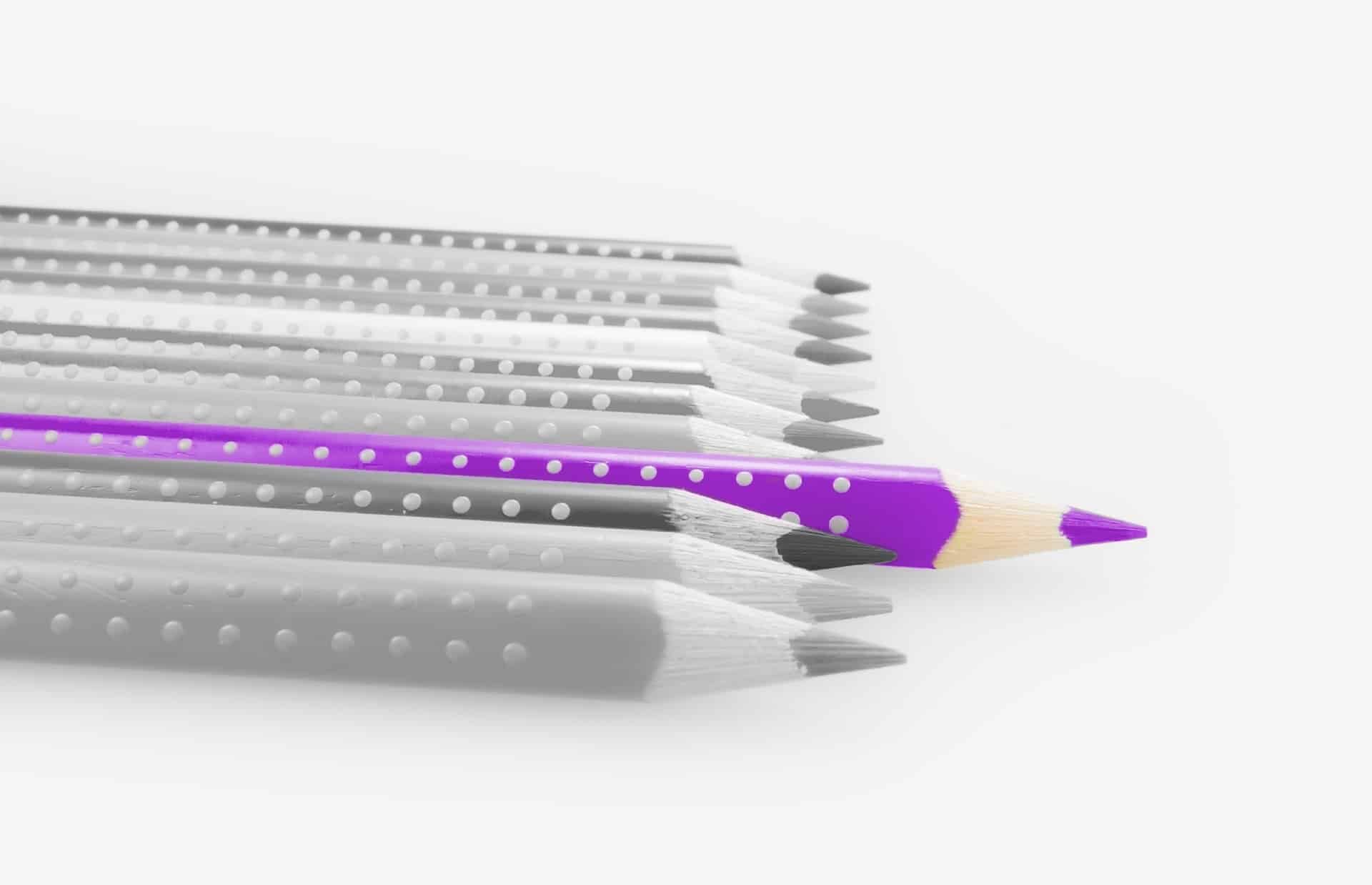Assess where students are in their learning achievements. Then, provide differentiation and instruction that ensure their continuous learning. That is not elitist; it is ethical and equitable.
A major issue in education is how schools most appropriately respond to a range of advanced students who should receive and benefit from higher challenges. The issue is compounded by the fact that all gifted and potentially gifted learners neither follow the same developmental trajectory nor are at the same point in their academic development. The term high ability includes a wider range of students who share the need to exceed the limits of a basic curriculum. Some of these students are above-average, high-aptitude learners, and/or high achievers who would benefit from differentiation and curricular modifications to ensure greater challenge in their regular classroom placements. However, some of these students are highly capable gifted learners who would benefit more from a combination of gifted programs and services beyond their regular classroom placements as well as enhanced differentiation and curricular modifications in their regular classes.
Differentiation for gifted students is multifaceted. It encompasses differentiation of:
- Content—important, meaningful, often beyond grade-level information and concepts to learn;
- Process—learning processes that require high-level thinking, adaptations, and open-ended applications to guide students in making sense of the content at a conceptual level;
- Product—relevant, often sophisticated ways to demonstrate learning accomplishments and profundity of thought; and
- Instruction—teachers employing best practices and researched-based, high-impact strategies at different levels of complexity and depth in all learning situations.
Current research and insights into giftedness increase our urgency to advocate for gifted learners at all stages of their development. We now understand the following key points:
- The level of intellectual engagement by students is more important to their achievement than the number of learning assignments they complete (Sousa, 2009; Willis, 2007). We need to ask: “Do gifted students have opportunities to engage in work and replacement tasks that are relevant and personally challenging or are they merely assigned more work to do because they completed the task?”
- The teacher is the most decisive school-related force in the achievement of students (Stronge, Ward, & Grant, 2011). We need to ask: “Do we support conceptual thinking more than memorization? Are we so dominated by standardized testing that we settle for academic adequacy rather than academic excellence with gifted students?” Excellence is relative to students’ changes as learners from their entry point of instruction to their current achievement level.
- The differentiation strategies that teachers use to implement the curriculum are more important to student achievement than the content of curricula (Hattie, 2009). We need to ask: “Do our differentiation strategies enable advanced learners to reach their personal best rather than focus on a comparison with grade-level peers?”
Educators need to understand what can result if we overlook or fail to nurture advanced potential. No educator intends to minimize the learning opportunities or to lower lifetime achievement for any student. Nonetheless, when high-aptitude children are overlooked and underserved, social-emotional and cognitive development are more limited relative to their capabilities. Indeed, many noncognitive variables are also less developed. Researchers regard noncognitive skills, such as intellectual curiosity, motivation, persistence, self-control, social intelligence, optimism, and conscientiousness, to be as predictive of student success and lifetime outcomes as IQ (Dweck, 2010; McClain & Pfeiffer, 2012; Tough, 2013; von Strumm, Hell, & Camorro-Premuzic, 2011). Without differentiation, support, and productive feedback, high-ability students may:
- Decrease their commitment to academic achievement.
- Demonstrate diminished enthusiasm for school-based learning.
- Appear less intellectual or able.
- Display less evidence of the struggle, persistence, or resilience that promotes continuous learning.
- Underdevelop the academic skill sets required by advanced content and processes (Assouline, Colangelo, VanTassel-Baska, & Lupkowski-Shoplik, 2015; Dweck, 2010; Ford, 2011; Huang, 2015; Slocumb & Payne, 2011).
I am a lifelong advocate for gifted students. However, my educational objective for gifted students is not elitist as it is the same as my objective for every learner in all populations: Assess where students are in their learning achievements. Then, provide differentiation and instruction that ensure their continuous learning. That is not elitist; it is ethical and equitable. The inconvenient truth is that the appropriate pace and level of differentiation and instruction is not the same for all learners.
I feel called to defend high-ability students’ right to the most appropriate environment that guarantees continuous learning opportunities. Initially, I only intended to advocate for the rights of highly-able students. Based on discussions and work with thousands of advanced students, I wanted to promote understanding from the students’ perspectives about the ways high-ability children think, feel, learn, and experience self-actualization. However, as I pursued this topic, it became evident that advanced students’ rights are interdependent with their related responsibilities for learning and the instructional implications for the most appropriate and productive differentiation. In Figure 1, a parallel comparison of gifted and high-aptitude students’ rights, responsibilities, and implications for instructional differentiation are proposed for discussion among advanced students and adults. Stimulating discussion rather than fostering agreement is the goal.

Consider sharing some or all of the ideas in the figure with other educators, parents of advanced learners, and our students with gifted or high aptitude. Elicit their perceptions and encourage productive communication through an exchange of ideas. Advocate the right for continuous learning and best instructional practices for advanced students through more rigorous learning environments. The first step is communication and shared understanding.
All students, including the gifted, have the right to learn at their highest level of readiness.
References
Assouline, S., Colangelo, N., VanTassel-Baska, J., & Lupkowski-Shoplik, A. (Eds.). (2015). A nation empowered: Evidence trumps the excuses holding back America’s brightest students. Iowa City, IA: Belin & Blank International Center for Gifted Education and Talent Development.
Dweck, C. (2010). Giving students meaningful work: Even geniuses work hard. Educational Leadership, 68(1), 16–20.
Ford, D. (2011). Reversing underachievement in gifted Black students (2nd ed.). Waco, TX: Prufrock Press.
Hattie, J. (2009). Visible learning: A synthesis of over 800 meta-analyses relating to achievement. New York, NY: Routledge.
Huang, F. (2015). Birthdate effects and gifted program participation in kindergarten. Gifted Child Quarterly, 59, 14–22.
McClain, M., & Pfeiffer, S. (2012). Identification of gifted students in the United States today: A look at state definitions, policies, and practices. Journal of Applied School Psychology, 28, 59–88.
Slocumb, P., & Payne, R. (2011). Removing the mask: How to identify and develop giftedness in students from poverty (2nd ed.). Highlands, TX: Aha! Process.
Sousa, D. (2009). How the gifted brain learns (2nd ed.). Thousand Oaks, CA: Corwin Press.
Stronge, J., Ward, T., & Grant, L. (2011). What makes good teachers good? A cross-case analysis of the connection between teacher effectiveness and student achievement. Journal of Teacher Education, 62, 339–355.
Tough, P. (2013). How children succeed—Grit, curiosity, and the hidden power of character. New York, NY: Mariner Books.
von Strumm, S., Hell, B., & Camorro-Premuzic, T. (2011). The hungry mind: Intellectual curiosity as third pillar of academic performance. Perspectives on Psychological Science, 6, 574–588.
Willis, J. (2007). Brain-friendly strategies for the inclusion classroom. Alexandria, VA: Association for Supervision & Curriculum Development.
Dr. Bertie Kingore is an international consultant, a visiting professor/speaker at numerous universities, and a former classroom teacher in preschool through graduate school classrooms. She works to help educators translate research into effective instructional applications. She is recognized for her humorous insights, motivational ideas, and ready-to-use applications. Dr. Kingore is a Past President of TAGT and the recipient of TAGT’s 2011 President’s Award. She is the award-winning author of 27 widely used publications, including Rigor and Engagement for Growing Minds, Differentiation: Simplified, Realistic, and Effective, The Kingore Observation Inventory (3rd ed), and “High-Achievers, Gifted Learners, and Creative Thinkers.” One of her newest books is published by NAGC and titled Rigor for Gifted Learners: Modifying Curriculum with Intellectual Integrity.
Dr. Kingore lives in Austin, TX, with her husband, Richard. They are the parents of three adult sons who fuel her dedication to education and continuous learning for all students.







